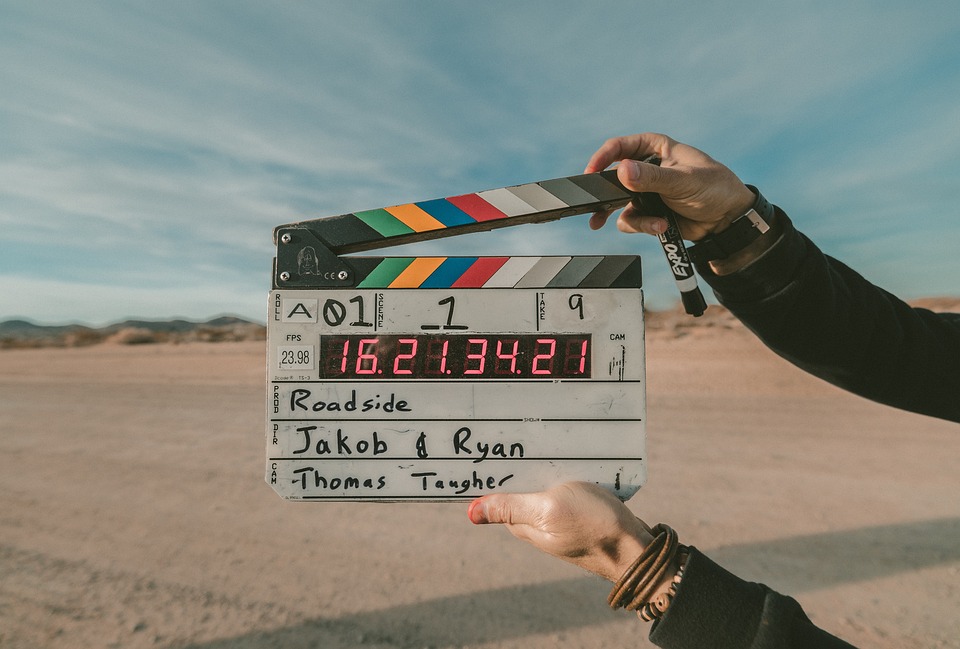Gender Equality in Directing: Breaking Barriers in the Film Industry
In recent years, there has been a significant push for greater gender equality in all areas of the film industry, including directing. The traditionally male-dominated field of directing has seen a shift towards more opportunities and recognition for women directors, as well as a greater awareness of the need for diverse voices behind the camera. This article will explore the challenges women directors face in the film industry, the progress that has been made in recent years, and the importance of achieving true gender equality in directing.
Challenges for Women Directors
Women directors have long faced obstacles in the film industry, both in terms of opportunities and recognition. The male-dominated nature of the industry has made it difficult for women to break into directing roles, and even when they have succeeded, they often face discrimination and biases that can hinder their career progression.
One of the main challenges for women directors is access to funding and resources. Many studios and production companies have been historically reluctant to invest in projects directed by women, leading to a lack of opportunities for female directors to showcase their talent. This lack of financial support has made it difficult for women directors to gain the experience and recognition needed to advance in their careers.
Another challenge for women directors is the prevalence of gender stereotypes in the industry. Many people still hold outdated beliefs about the types of stories women directors are capable of telling, leading to limited opportunities for female directors to work on big-budget projects or mainstream films. This can result in women directors being pigeonholed into certain genres or types of stories, limiting their creative expression and potential for success.
Additionally, women directors often face discrimination and harassment on set, with many reporting instances of sexism, bias, and unequal treatment. This hostile work environment can make it difficult for women directors to focus on their craft and can have a negative impact on their mental health and well-being.
Progress in Gender Equality
Despite these challenges, there has been progress in recent years towards greater gender equality in directing. More and more women directors are breaking into the industry and gaining recognition for their work, thanks in part to grassroots movements and advocacy efforts that have raised awareness of the need for diverse voices behind the camera.
Several high-profile female directors have emerged as prominent voices in the industry, including Ava DuVernay, Greta Gerwig, and Kathryn Bigelow. These directors have achieved critical and commercial success, paving the way for other women directors to follow in their footsteps. Their success has helped to challenge gender stereotypes and biases in the industry, and has inspired a new generation of female directors to pursue their creative ambitions.
In addition to individual successes, there has been a broader cultural shift towards greater representation and diversity in film and television. Audiences are increasingly demanding more diverse stories and perspectives, leading to a greater willingness on the part of studios and production companies to invest in projects directed by women and other underrepresented groups. This shift is reflected in the increasing number of female-led films and TV shows, as well as initiatives like the 50/50 by 2020 pledge, which aims to achieve gender parity in Hollywood by the year 2020.
The Importance of Gender Equality in Directing
Achieving true gender equality in directing is not just a matter of fairness, but also a matter of creative and economic necessity. Women make up half of the population, yet their voices and perspectives have been historically underrepresented in the film industry. By excluding women directors from the filmmaking process, the industry is missing out on a wealth of untapped talent and creativity.
Diverse voices behind the camera can lead to more diverse and inclusive storytelling, as well as a greater range of perspectives and experiences being represented on screen. This can help to challenge stereotypes and biases, and can create a more dynamic and engaging viewing experience for audiences. By promoting gender equality in directing, the industry can ensure that all voices are heard and that all stories have the chance to be told.
In addition to the creative benefits of gender equality, there are also economic benefits. Studies have shown that films directed by women tend to perform better at the box office, on average, than films directed by men. This is likely due to the fact that female-directed films tend to attract a more diverse audience, including women and other underrepresented groups who may feel more drawn to stories told from a female perspective. By investing in women directors and promoting gender equality in directing, the industry can tap into this lucrative market and increase its overall profitability.
In conclusion, achieving gender equality in directing is crucial for the future of the film industry. Women directors face numerous challenges in the industry, from access to funding and resources to discrimination and bias on set. However, there has been progress in recent years towards greater representation and recognition for women directors, thanks to the efforts of individual directors, advocacy groups, and audiences. By promoting gender equality in directing, the industry can ensure that all voices are heard and that all stories have the chance to be told, leading to a more diverse, inclusive, and successful film industry for everyone.
